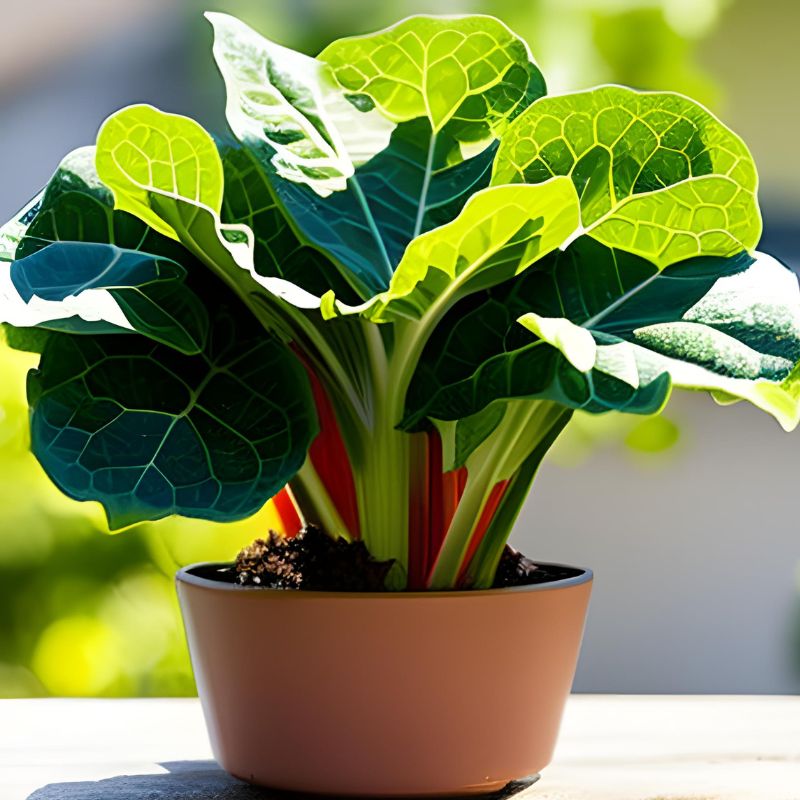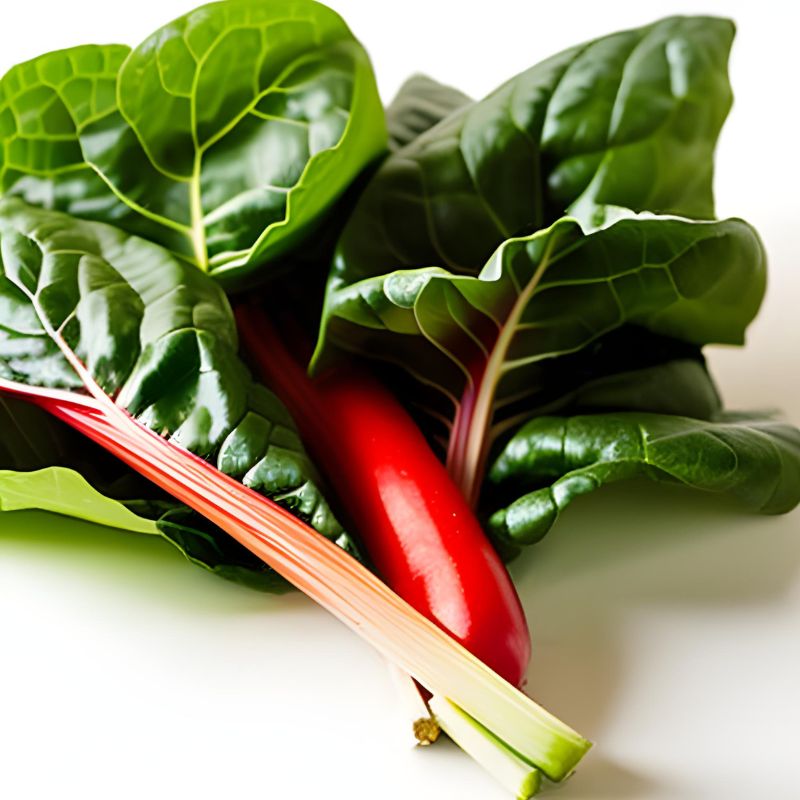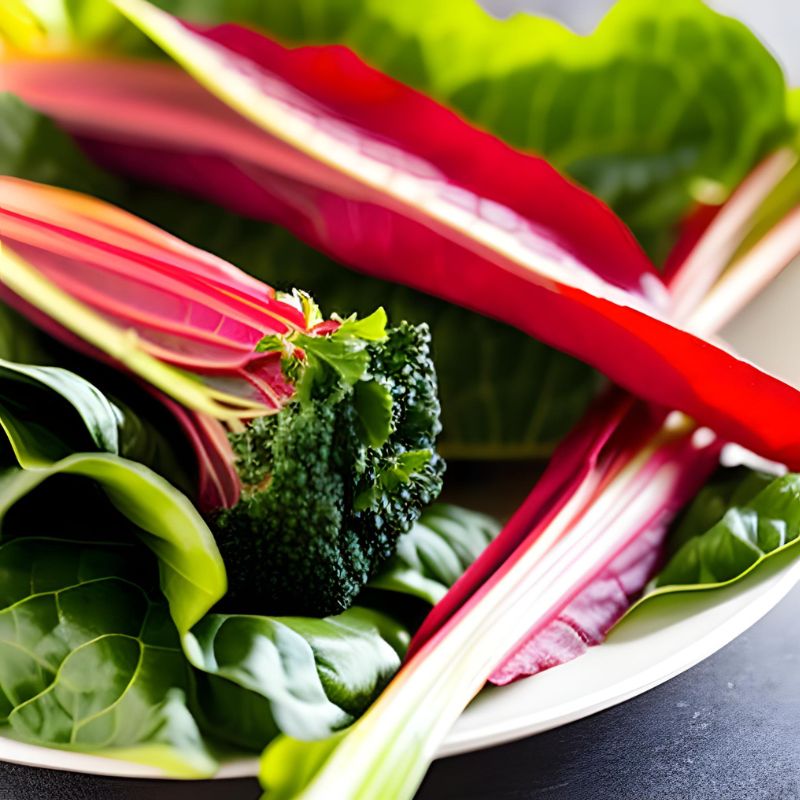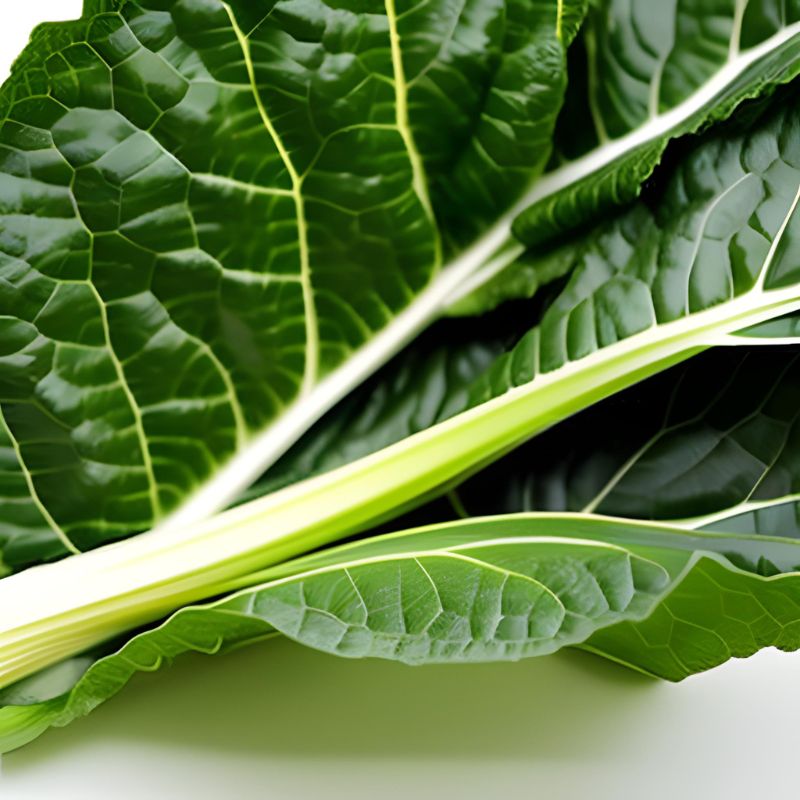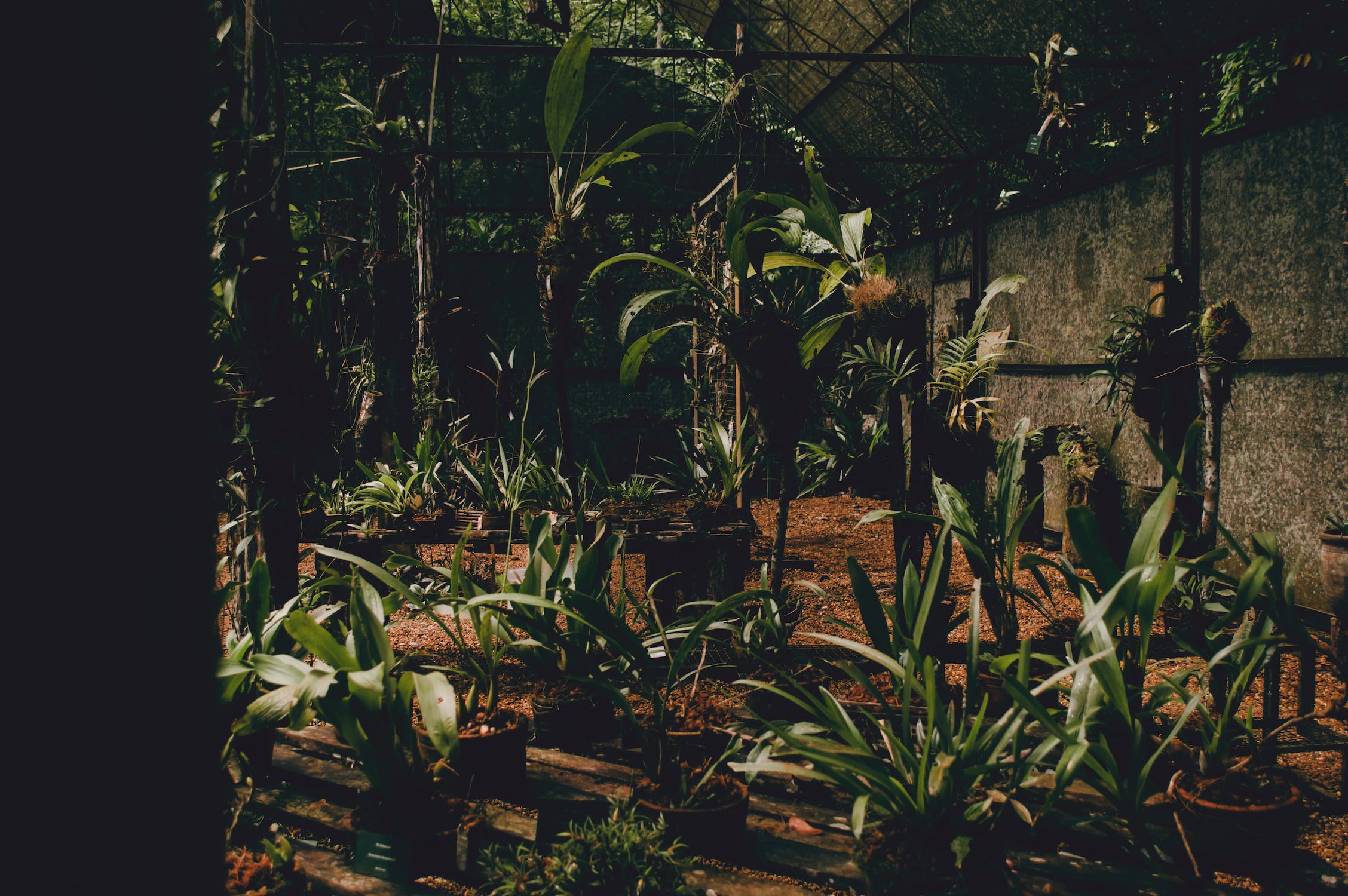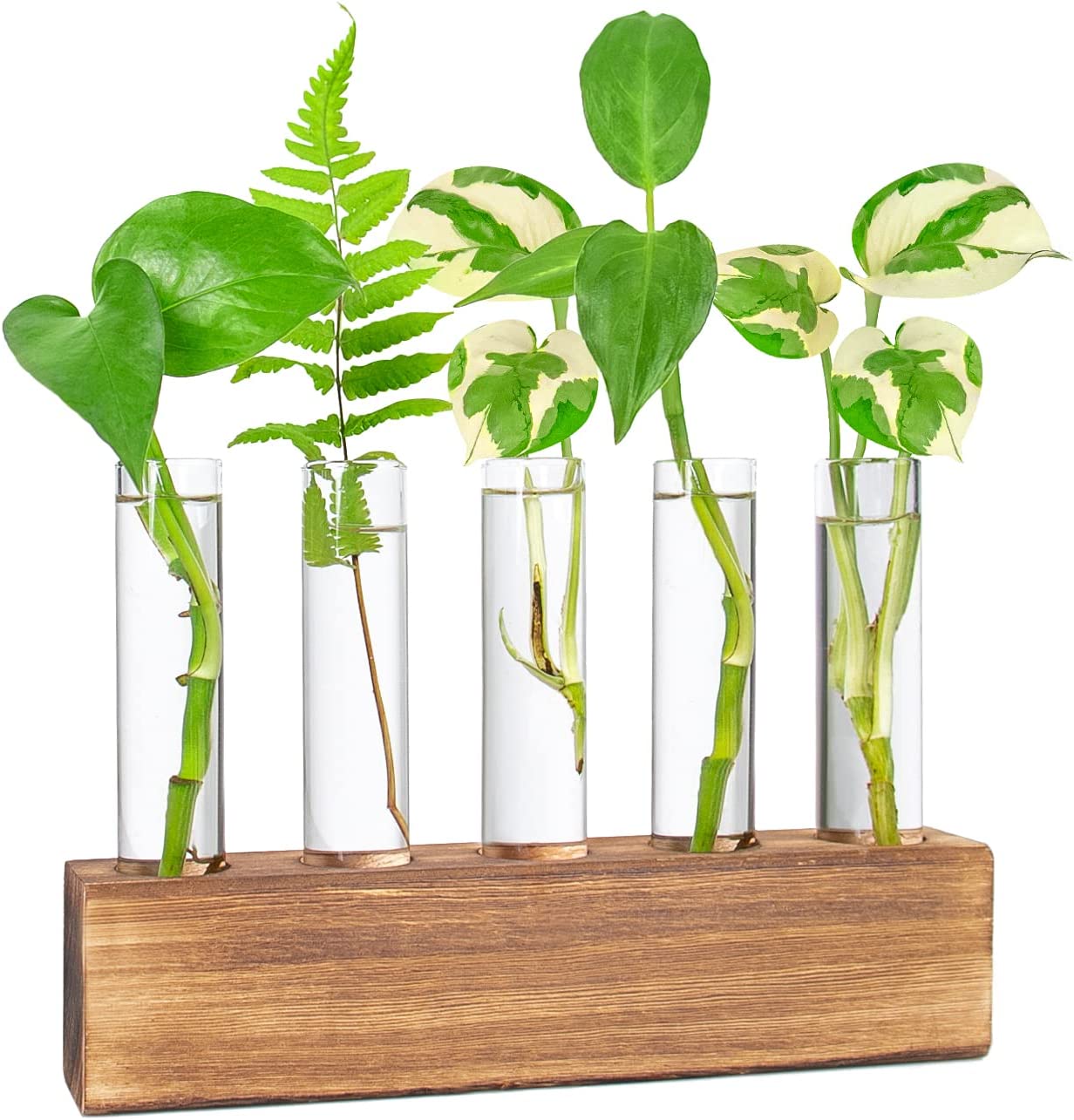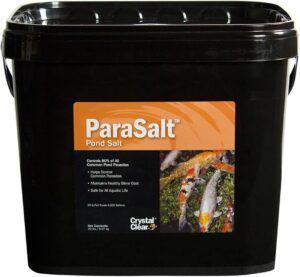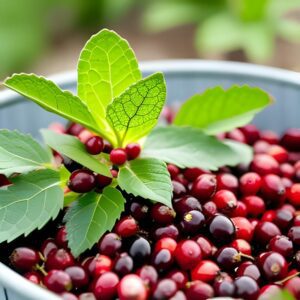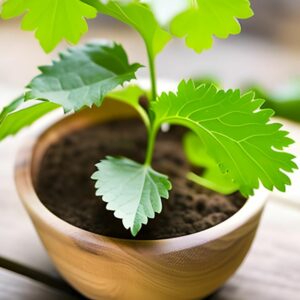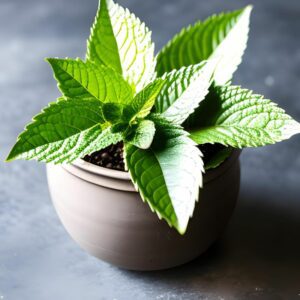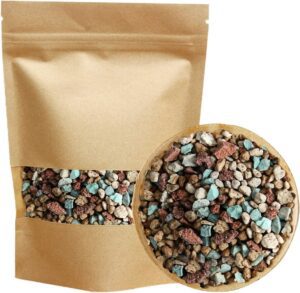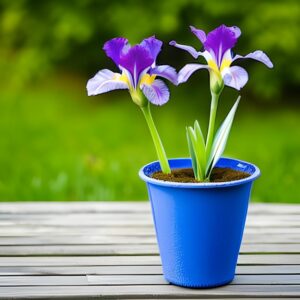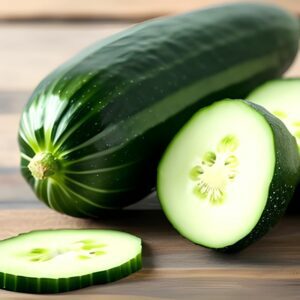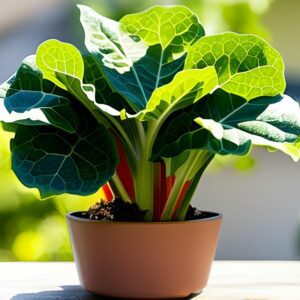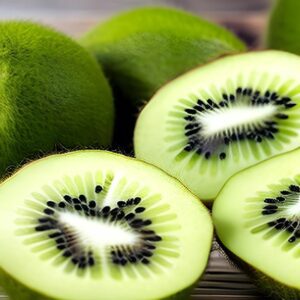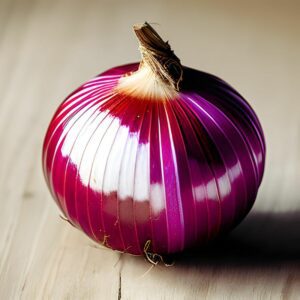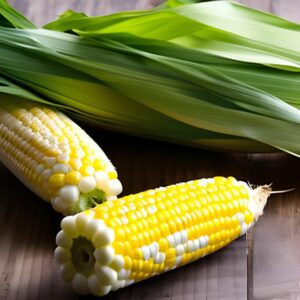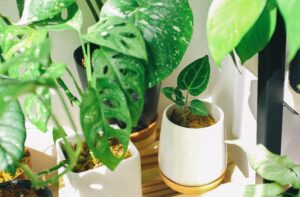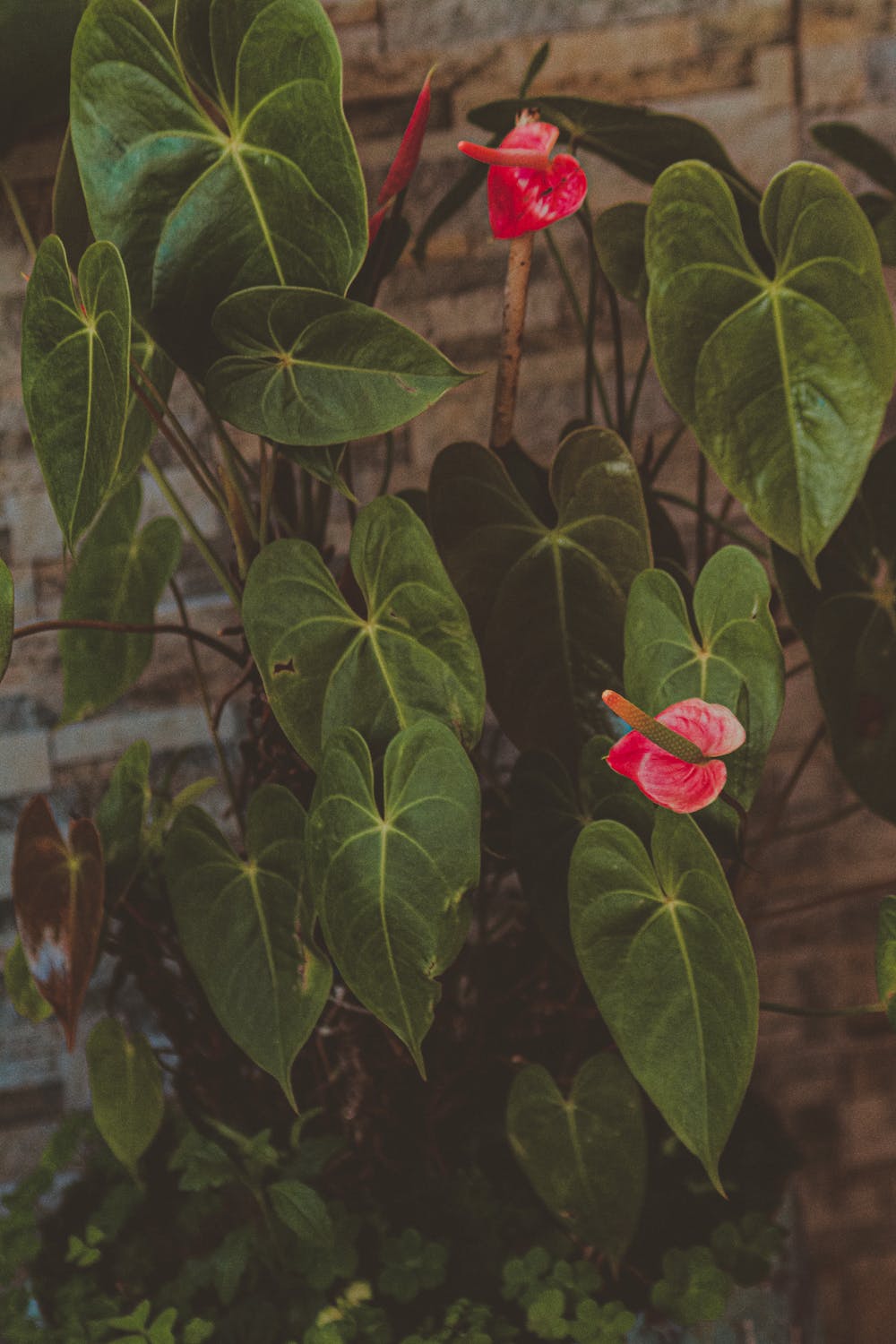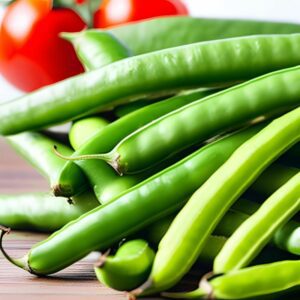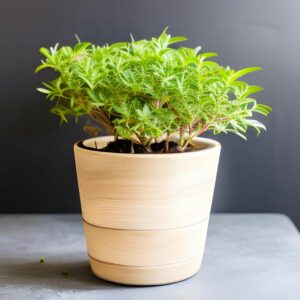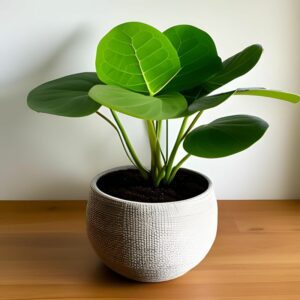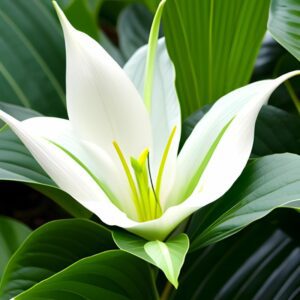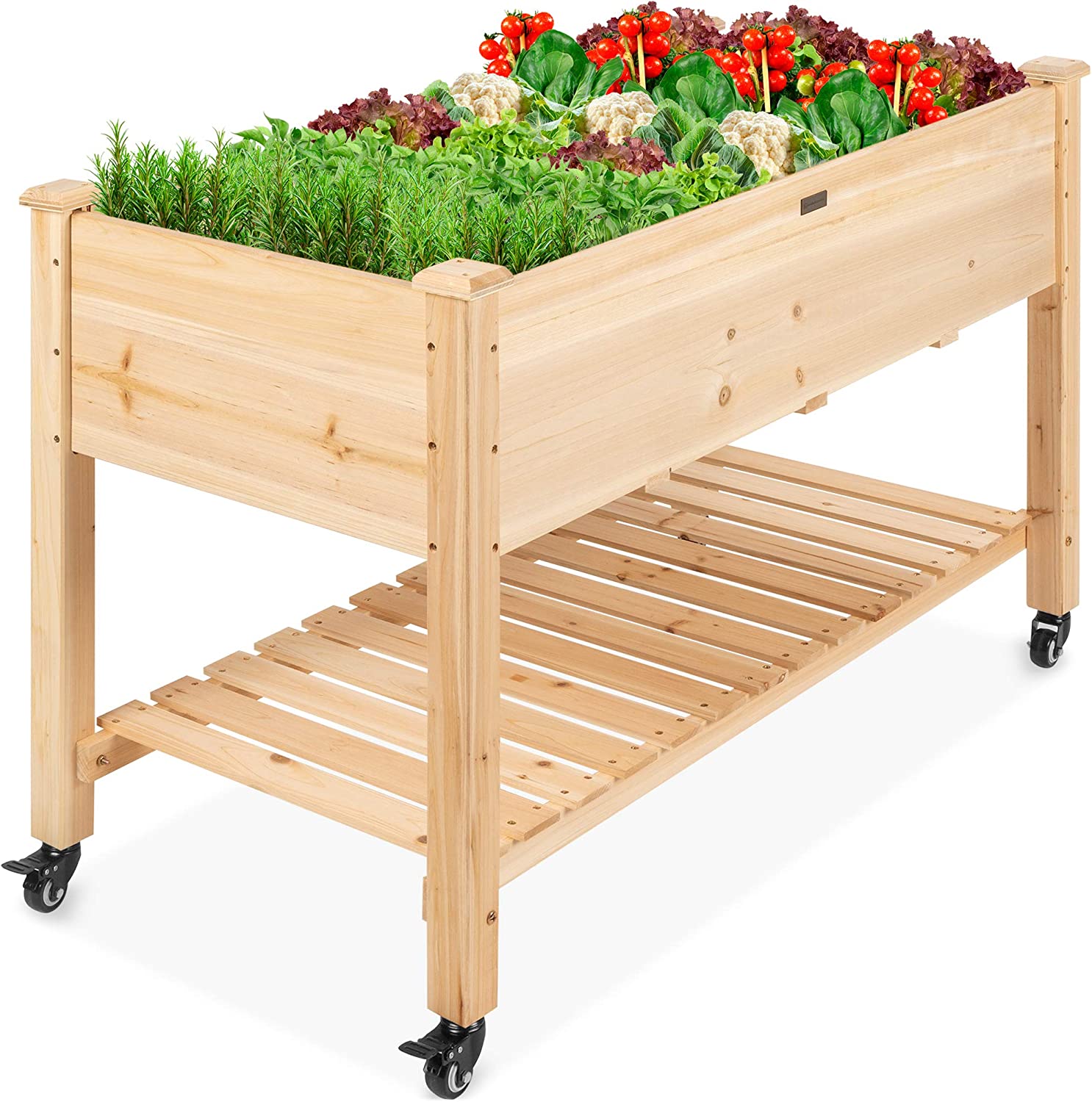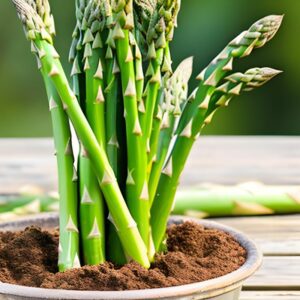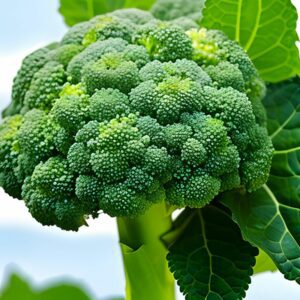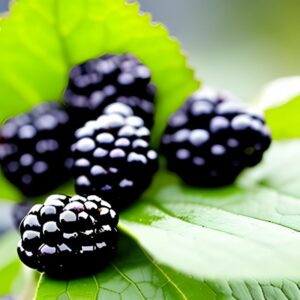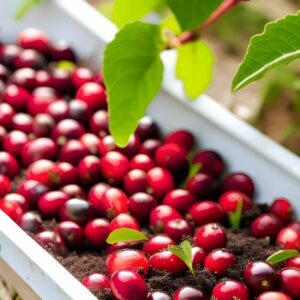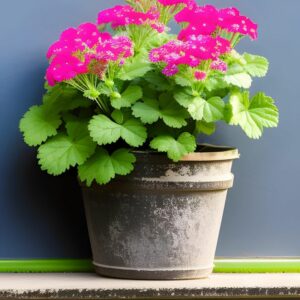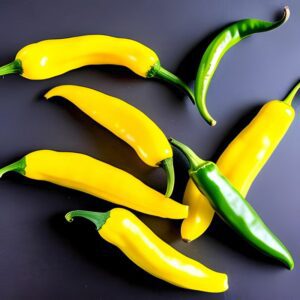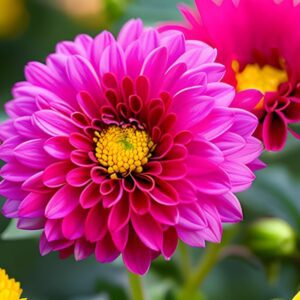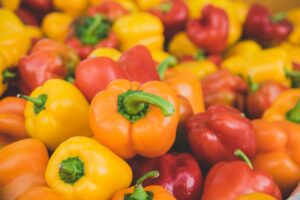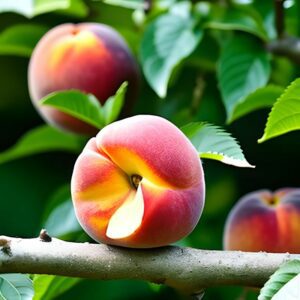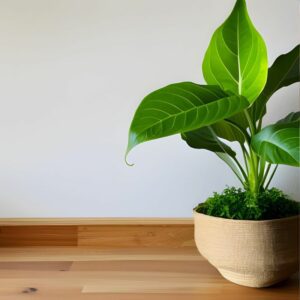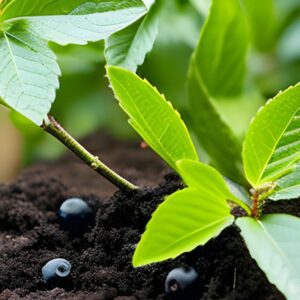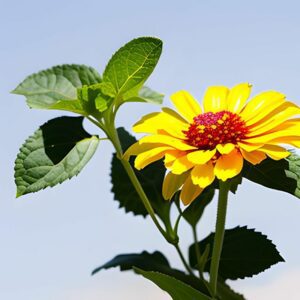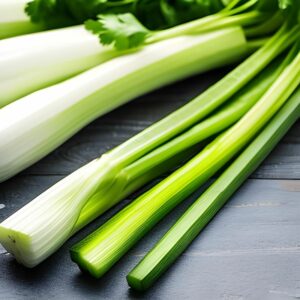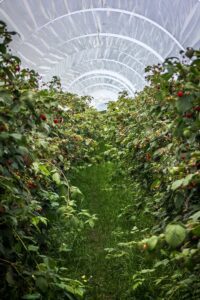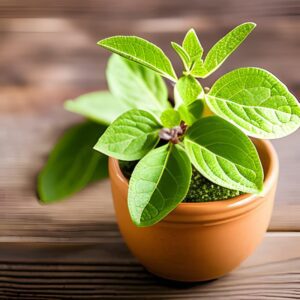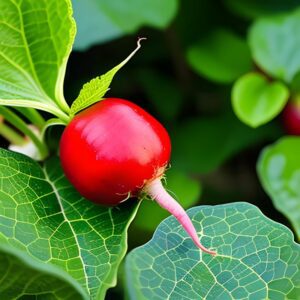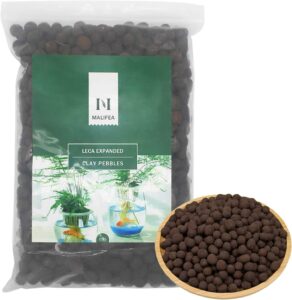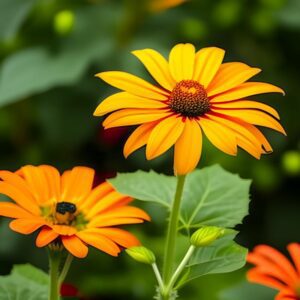Swiss Chard
Vegetables
- Mediterranean
- Easy
- 2-3 months
Introduction
Swiss chard is a leafy green vegetable that is native to the Mediterranean region. It is known for its colorful stalks and nutritious leaves, making it a popular addition to salads, soups, and stews.
Plant Characteristics
Swiss chard has large, glossy leaves that range in color from green to red and have colorful stalks that can be white, yellow, orange, or red. The plant can grow up to 2-3 feet tall and has a bushy growth habit.
Ideal Growing Conditions
Swiss chard plants prefer full sun to partial shade and well-draining soil with a pH between 6.0-7.0. They should be watered regularly, keeping the soil evenly moist. Swiss chard can also benefit from occasional fertilization with a balanced fertilizer.
Planting Guide
Plant Swiss chard in the spring or fall after the last frost date in your area. Sow seeds directly in the soil or transplant seedlings into well-prepared soil. Space plants 8-12 inches apart in rows that are 18-24 inches apart.
Watering and Fertilizing
Water Swiss chard regularly, keeping the soil evenly moist. Fertilize every 4-6 weeks with a balanced fertilizer.
Pruning and Maintenance
Swiss chard requires little pruning but can benefit from regular harvesting of the outer leaves to promote continued growth.
Harvesting or Flowering
Harvest Swiss chard leaves as needed throughout the growing season. The leaves can be used fresh or cooked in a range of culinary applications.
Post-Harvest Care
Store harvested Swiss chard leaves in an airtight container in the refrigerator for up to 1 week. They can also be blanched and frozen for longer storage.
Troubleshooting
Swiss chard is relatively hardy but can be prone to leaf spot and other fungal diseases in humid conditions. To prevent this, water at the base of the plant and avoid getting the leaves wet. Swiss chard can also be susceptible to pests such as aphids and flea beetles.
Fun Facts
Swiss chard is a member of the beet family and is closely related to spinach and quinoa. It is also a good source of vitamins A, C, and K, as well as potassium and magnesium.
